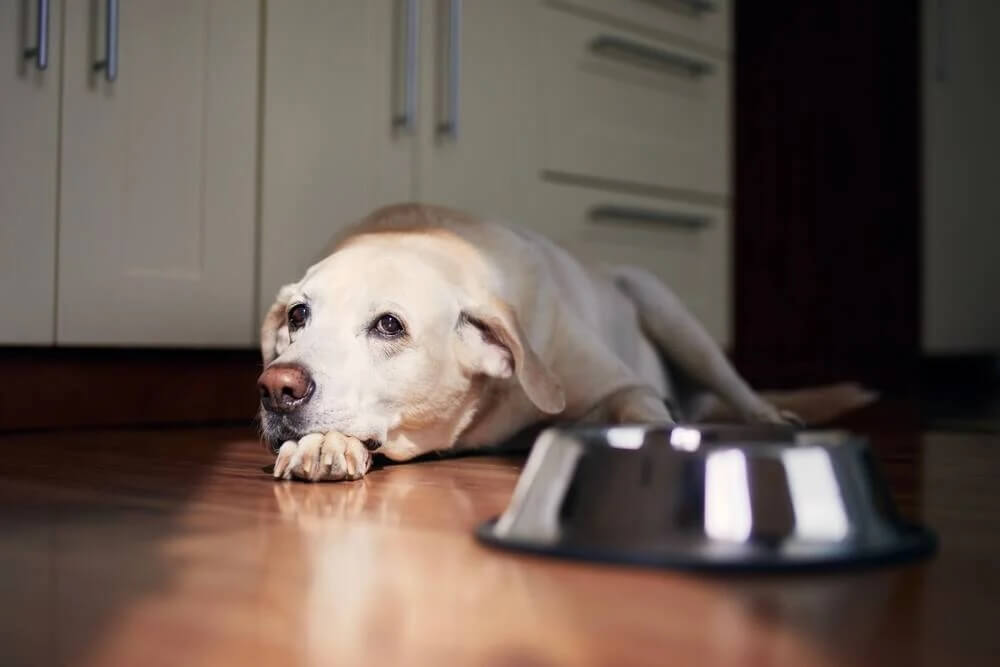
As our beloved pets grow older, it’s only natural for them to face new health challenges. From arthritis to dental problems, pain is a common concern in senior pets. Recognizing the signs of pain early on is crucial to ensuring that they live their golden years comfortably. However, pets are masters at hiding their discomfort, making it harder for pet owners to spot when something is wrong.
Signs Your Senior Pet May Be in Pain
Older pets are prone to several conditions that cause pain. The most common are arthritis, joint issues, dental problems, and even cancer. While these conditions are not always immediately visible, there are subtle signs that can indicate your pet is in discomfort. Here are some common behaviors to look out for:
1. Changes in Mobility
If your senior pet is having trouble getting up, climbing stairs, or jumping onto their favorite perch, this could be a sign of pain. Pets suffering from arthritis or other joint issues may show difficulty walking or limping. You might notice them moving slower or avoiding certain activities they once enjoyed.
2. Reduced Appetite
Pain often causes pets to lose interest in food. If your pet has suddenly stopped eating or is hesitant to eat, it could be due to dental pain or other discomfort. If your pet seems to avoid eating or drinking regularly, consult your vet to rule out any pain-related issues.
3. Changes in Behavior
Pets in pain may become more irritable or withdrawn. If your previously social pet starts to isolate themselves or growls when touched in certain areas, it could be an indication of discomfort. Conversely, some pets may become clingier or more demanding of attention, seeking comfort from their owners.
4. Excessive Grooming
If your pet is constantly licking or biting at certain areas of their body, it may be a sign of pain or irritation. While grooming is normal, obsessive licking can indicate that something is wrong, such as arthritis or a skin issue. This behavior can sometimes lead to sores, so it's essential to monitor your pet closely.
5. Changes in Posture
Pain can affect how your pet holds its body. You might notice your senior pet sitting or lying down in an unusual way. If they avoid lying on their side or seem tense while resting, it could indicate discomfort in their joints or muscles.
6. Increased Vocalization
Some pets will begin to vocalize more when they’re in pain. If your pet is suddenly whimpering, growling, or whining, it could be their way of communicating that something is wrong. Older pets who have previously been quiet might start vocalizing due to chronic pain or other underlying issues.
The Emotional Impact: Anticipatory Grief
Senior pet care can be emotionally challenging. As they age, we often anticipate that their health will decline, and we may begin to experience anticipatory grief—the sorrow that comes with knowing your pet’s life is drawing to a close. Watching your pet struggle with pain, especially if it is chronic or worsening, can bring up feelings of helplessness. It’s essential to give yourself the space to process these emotions, but also to keep your pet’s well-being at the forefront of your mind.
When It’s Time to Consider Pet Euthanasia
Sometimes, despite our best efforts to manage pain, our pets reach a point where their suffering is overwhelming. In these moments, it’s important to have a conversation with your veterinarian about the possibility of pet euthanasia. While this decision is never easy, it may be the kindest option for a pet who is enduring significant pain with no chance of recovery.
When considering pet euthanasia, it’s important to focus on your pet’s quality of life. Signs that it may be time to make this difficult decision include the inability to move around without extreme pain, a loss of interest in eating and drinking, and a decline in social interaction. Anticipatory grief can often accompany this stage, but it’s essential to ensure your pet is no longer suffering.
Supporting Your Pet’s Comfort in Their Golden Years
Senior pet care involves more than just providing food and shelter. It’s about recognizing when your pet is in pain and taking action to relieve their discomfort. Whether through medication, therapy, or even lifestyle adjustments like padded beds and joint supplements, there are many ways to help your senior pet live comfortably.
Ultimately, our pets rely on us to recognize when they are in pain and to help them navigate their senior years with dignity and comfort. The process of managing pain, considering pet euthanasia, and coping with anticipatory grief can be overwhelming, but your pet’s peace of mind and comfort should always come first.
